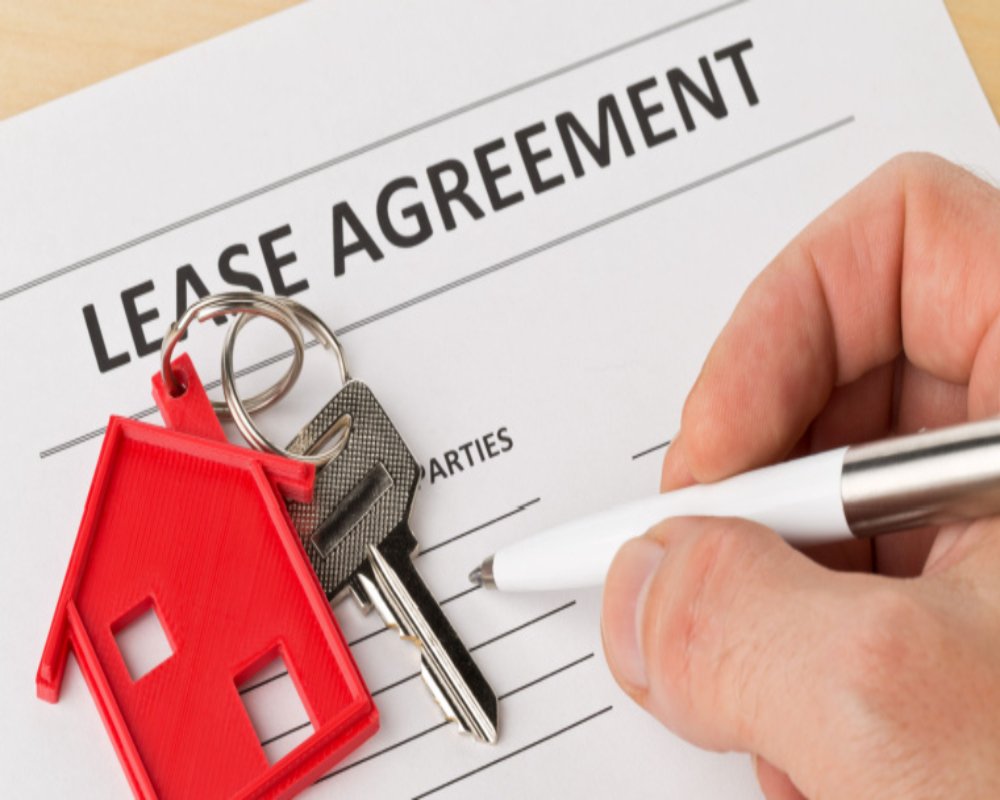Introduction
Step-up clauses in lease agreements, also known as rent escalation clauses, are contractual provisions that schedule increases in rental payments over the course of a lease term. These clauses are fundamental to long-term commercial lease agreements, ensuring that rental income keeps pace with inflation, rising property operating costs, or the increasing market value of the space. Step-up clauses provide predictability for both landlords and tenants, outlining in advance how and when the rent will adjust, thus reducing the need for renegotiations and minimizing disputes during the lease period.
Purpose and Function of Step-Up Clauses
The primary purpose of step-up clauses is to protect the landlord’s investment by maintaining the economic value of rental income over time. Without such adjustments, landlords risk earning diminishing real returns due to inflation or rising property expenses like taxes, insurance, and maintenance. For tenants, while step-ups represent a growing financial commitment, having clear and pre-agreed rent increases allows for better long-term budgeting and financial planning.
Step-up clauses also reflect the anticipated appreciation of the property’s market value or operating costs. In fast-growing areas or competitive real estate markets, predictable rent increases can help tenants avoid larger, unpredictable spikes when leases are renewed.
Common Structures of Step-Up Clauses
Step-up clauses can be structured in several ways depending on the nature of the lease, the bargaining power of the parties, and the economic conditions at the time of agreement. One common method is the fixed increase, where rent rises by a predetermined amount or percentage at set intervals, such as annually. For example, a lease might specify that rent will increase by 3% every year over a ten-year term.
Another popular structure is the indexed increase, where rent adjustments are tied to a recognized economic index, such as the Consumer Price Index (CPI). In this case, rent escalates based on changes in the cost of living or inflation, ensuring that rental payments remain consistent with broader economic trends.
A third form is the step-up based on appraisal or market rent review, where rents are adjusted periodically to match current market rates, often subject to negotiation or third-party valuation. This type of clause is common in ground leases and long-term commercial leases where the future market value is uncertain or volatile.
Implementation and Timing
Step-up clauses specify not just the amount or method of increase but also the timing. They may trigger increases at regular intervals (such as yearly), at specific milestones (such as the beginning of a new lease year), or upon the occurrence of specific events (such as completion of major renovations by the landlord).
Leases must clearly state the calculation method, provide notice requirements for adjustments, and specify any caps or floors that limit the magnitude of rent changes. This level of detail prevents disputes and ensures both parties have a shared understanding of future rent obligations.
Negotiation Considerations
From the tenant’s perspective, negotiating a reasonable and predictable step-up is crucial to avoid being priced out of the property midway through the lease. Tenants may seek to cap annual increases or negotiate a period of fixed rent at the start of the lease (often referred to as a rent holiday or stabilization period) before step-ups begin.
Landlords, conversely, seek to negotiate step-ups that at least match or exceed expected inflation and property expense growth rates. In highly competitive markets, landlords may offer lower initial rents with more aggressive step-ups later to attract tenants while still protecting long-term asset value.
Both parties must also consider how compounded increases are handled—whether each year’s increase is based on the original base rent or the new, adjusted amount—to ensure the financial projections align with their business models.
Conclusion
Step-up clauses are a vital component of commercial lease agreements, balancing the need for rental income growth with tenants’ need for predictability and financial stability. When carefully structured and clearly articulated, these clauses ensure that leases remain economically viable and equitable for both landlords and tenants throughout the term. As commercial real estate markets become more dynamic, the design and negotiation of step-up clauses demand thoughtful attention to market conditions, inflation expectations, and the long-term strategies of the parties involved. Properly managed, step-up provisions create a mutually beneficial framework that supports sustainable tenancy and property value preservation.
Hashtags
#LeaseAgreements #StepUpClauses #CommercialRealEstate #RealEstateTips #LeaseNegotiation #RentalContracts #TenantRights #LandlordAdvice #RealEstateInvesting #PropertyManagement #LeaseTerms #RentIncreases #FinancialPlanning #InvestmentProperty #RealEstateLaw #LeaseOptions #BusinessLeasing #PropertyLeasing #LeaseStrategy #RealEstateEducation


